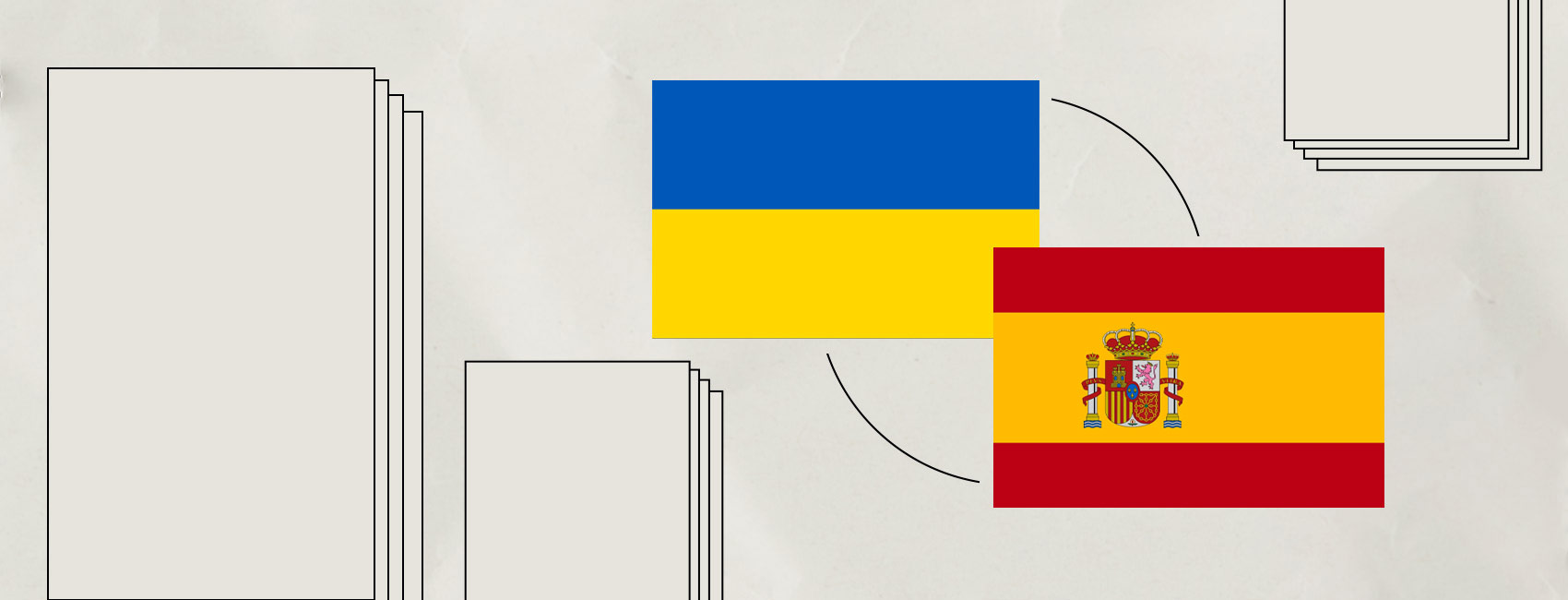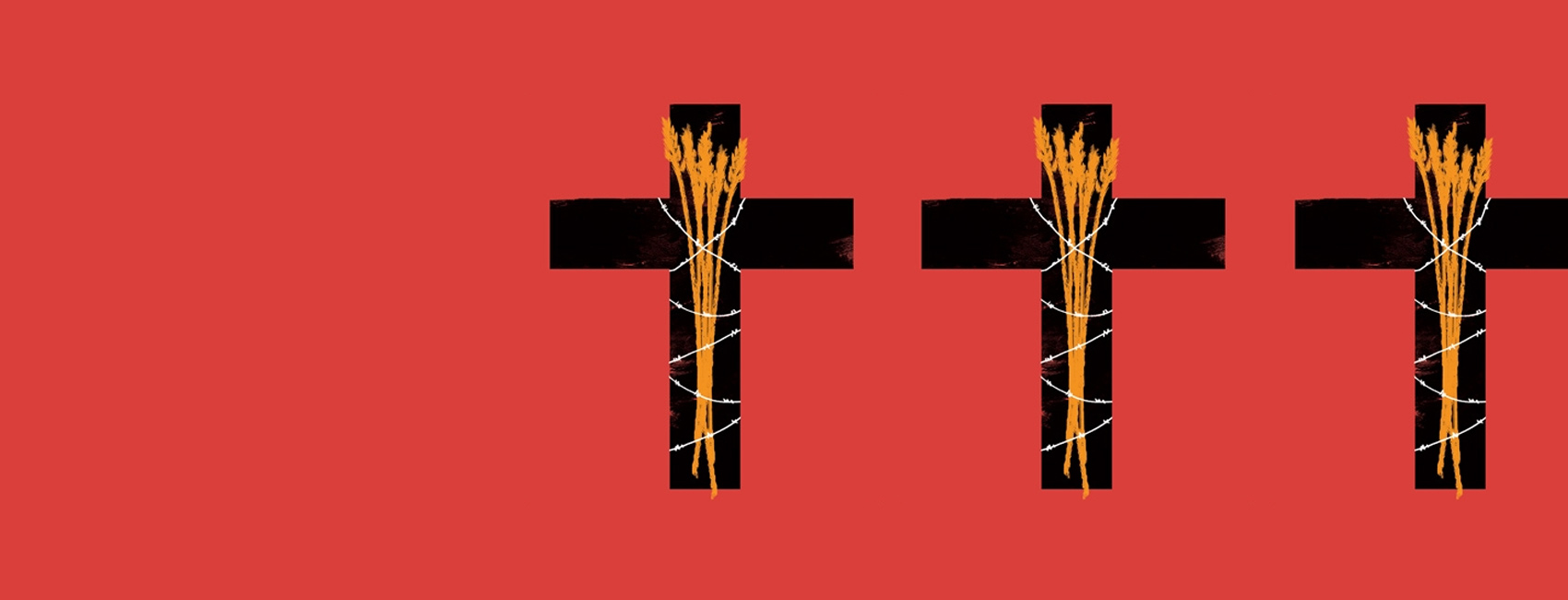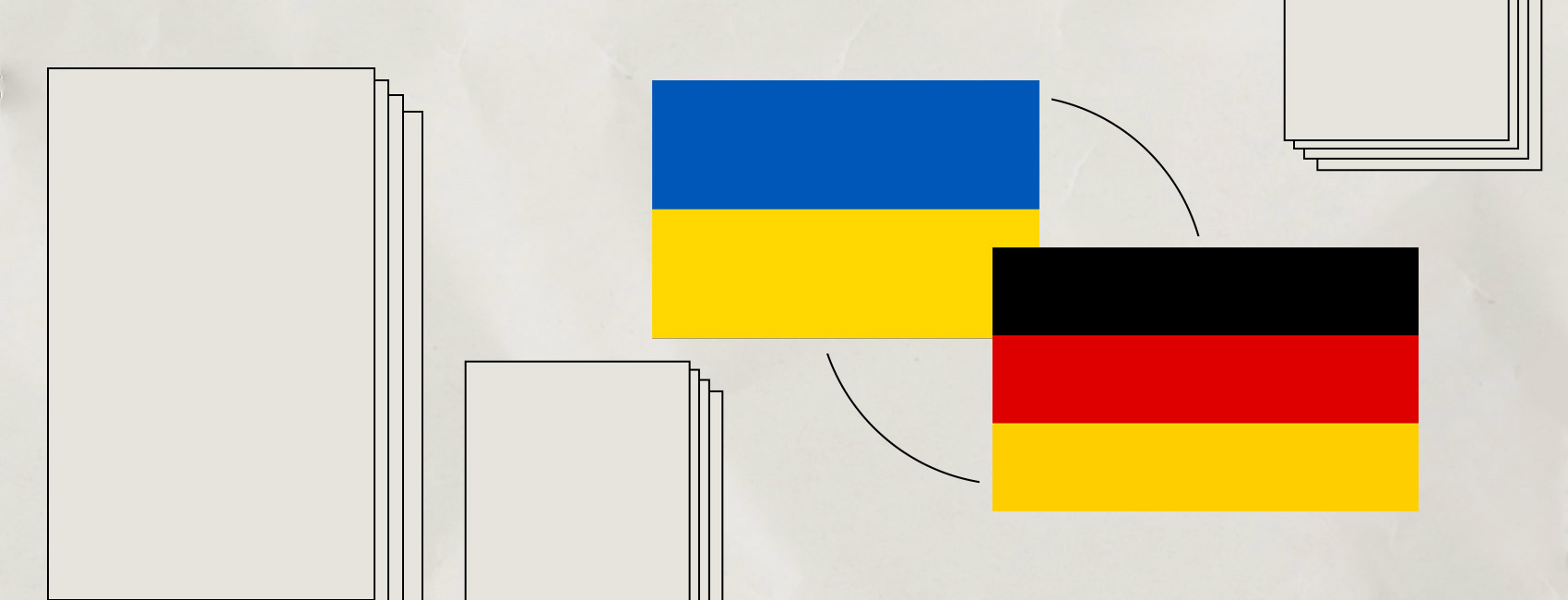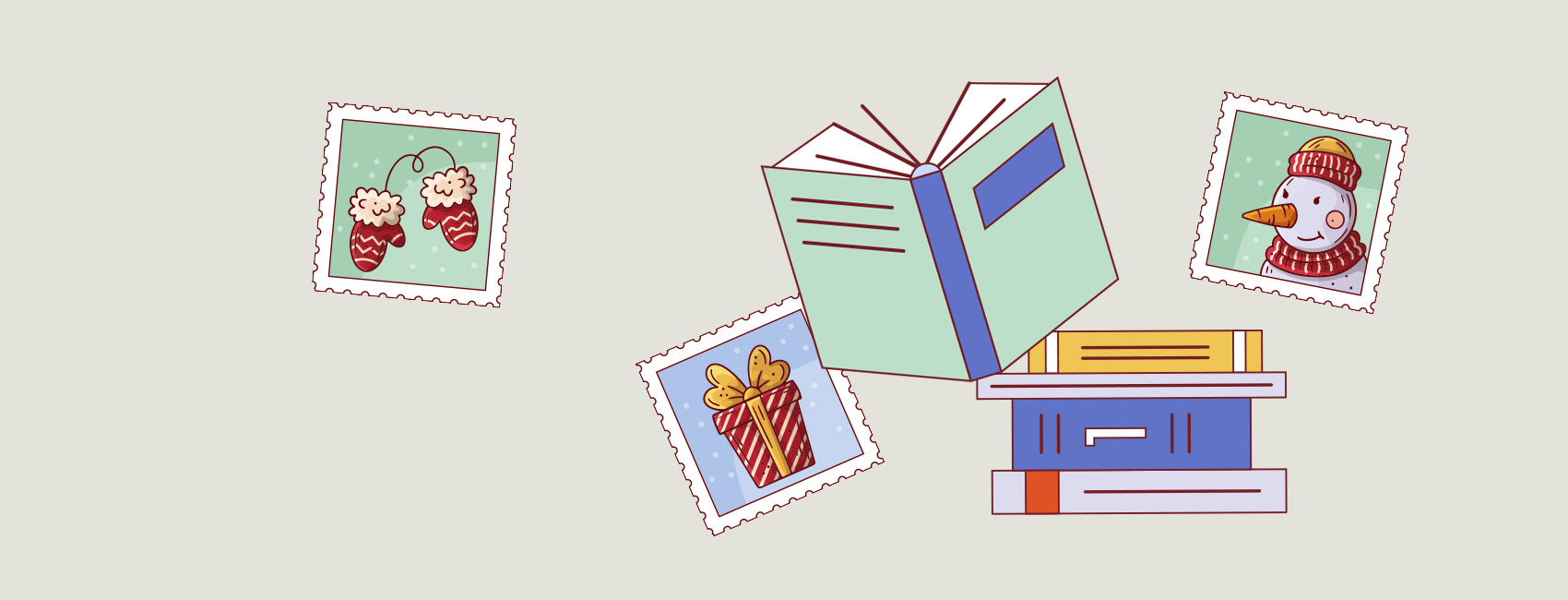* ESC - close the search window
Chytomo Picks
On architecture, embroidery, and going back to one’s roots: Six new artbooks
02.08.2024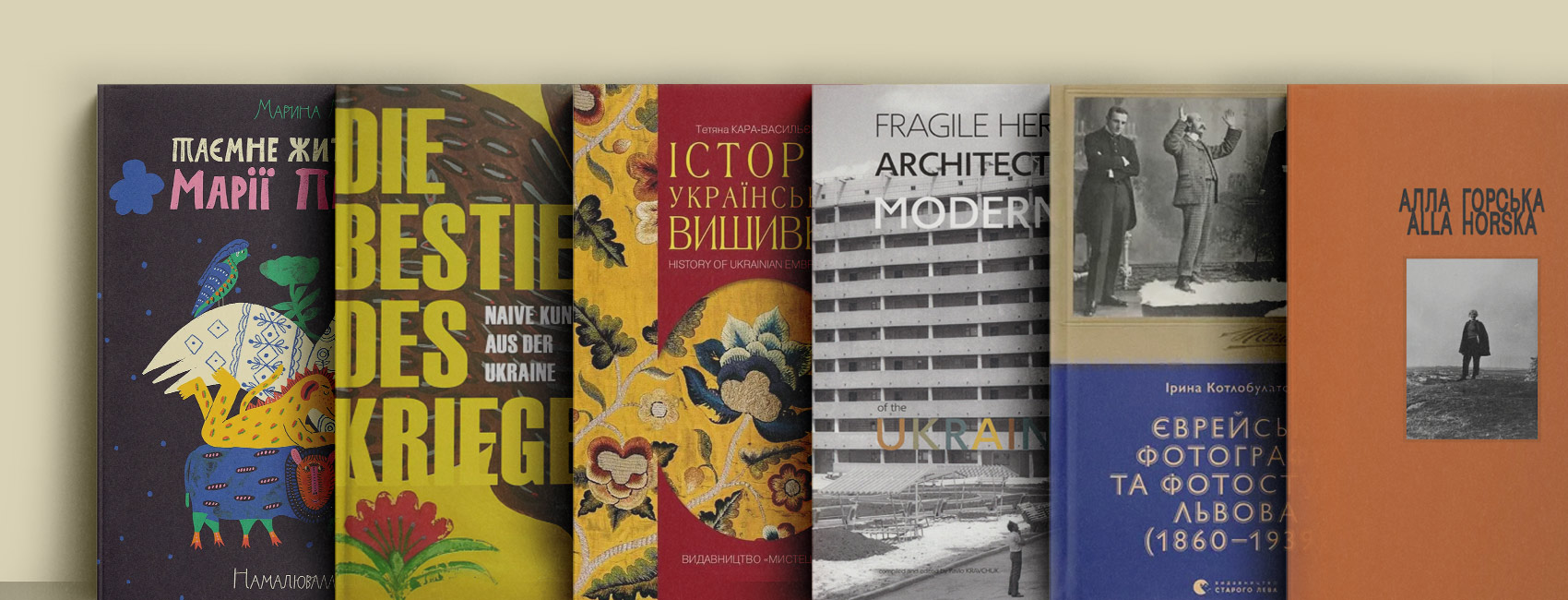
In one way or another, today’s selection of new artistic publications speaks to the theme of returning to one’s roots. Ukrainian history and identity can be comprehended through art: By leaning on art during difficult times, we either stand firm on our feet or the shoulders of giants. We’ve found that art history provides the best nourishment.
In this selection, we present six art publications. Most are bilingual in English and Ukrainian and dedicated to various Ukrainian arts from embroidery to architecture.
Alla Horska
Kyiv: Rodovid Press, 2024 — 340 pages
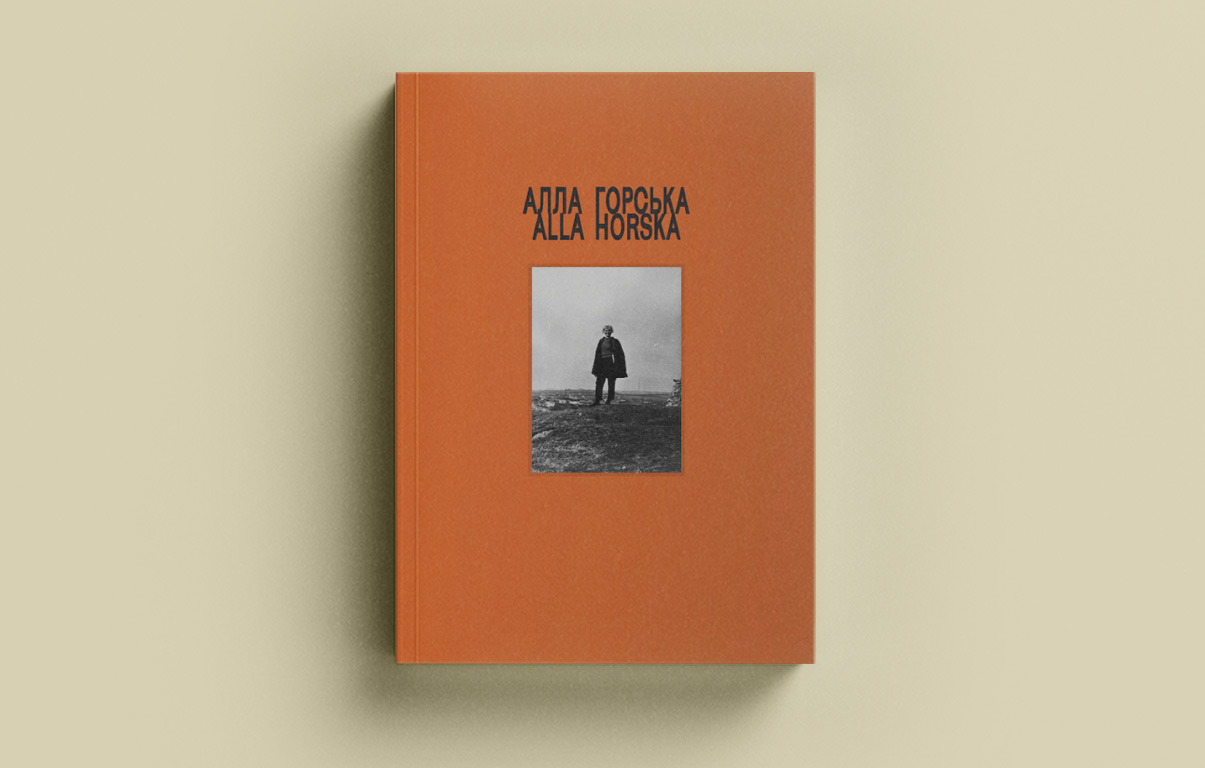
One of the most significant recent Ukrainian exhibitions is “Alla Horska: The Kestrel” at the Ukrainian House International Convention Center in Kyiv. The project is fully in tune with present realities — full of dramatic struggle against the once-unpunished evil.
This bilingual publication is an experience in itself. It contains a collection of more than one hundred original works by Alla Horska, along with articles by renowned Ukrainian historians, art critics, theater critics, art historians, and journalists. Olena Zaretska, the artist’s granddaughter and founder of the Alla Horska and Viktor Zaretsky Foundation, wrote Horska’s biography.
The initial idea of creating an exhibition catalog turned into a solid 340-page publication, with reproductions and numerous archival materials, which embody some of the concepts of the exhibition.
In the monograph, the authors reveal the context of the 1960s. It was an era during which Ukrainian artists including Alla Horska, a leading figure of the generation, illustrated different facets of the artist’s personality. In addition to artistic talent, Horska personified the indomitable strength of spirit, and the monograph covers the people who made up her core support system.
“The Sixtiers [the artistic generation of the 1960s in Ukraine] are a role model for young people on how to grow. Despite all the tragedy faced by this generation, they left a very strong mark in history, which in turn inspires others,” said Olena Zaretska in an interview. The power and relevance of this generation is truly impressive.
Jewish photographers and photo studios in Lviv (1860-1939)
Iryna Kotlobulatova. Lviv: The Old Lion Publishing House, 2023 — 672 pages
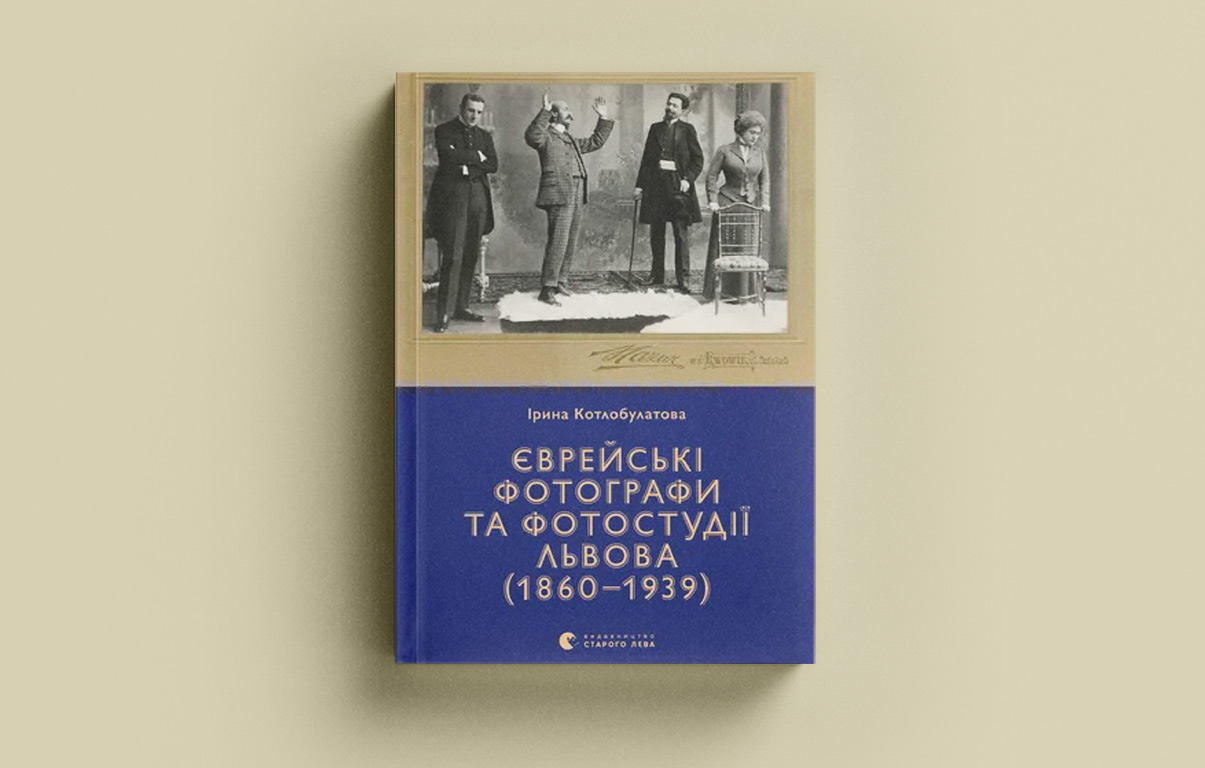
Thanks to this collection of rich illustrative material, captured by professional and amateur photographers, a seemingly narrow profile is given a panorama of society. These photographs show everyday lives and holidays from different angles: elections, demonstrations, construction sites, the emergence of technical innovations, the first sports clubs, ice rinks, various cultural and artistic events, as well as disasters and the destruction of buildings, fires and floods, criminal chronicles, and high-profile trials.
The publication also narrates photography’s evolution (particularly in Lviv, yet fully integrated into the European movement): from impressionist-inspired photographic imagery and ateliers as usual locations to street photography.
It contains everything inherent in a professional art history study: The era’s sociocultural factors impact on art and a wide scientific apparatus of bibliography, notes, and an index. It is worth mentioning that while t the study focuses on purely Jewish photographers, it also shows a much broader picture of society. Through the lens of Jewish photographers, one can observe politicians, manufacturers, architects, a shopping arcade, a wealthy Jewish family, governors, a guild of lawyers and doctors, financiers, and military officials.
Those interested in the biographies of female photographers in Lviv will find the history of architecture, medicine, fashion, and cultural life all under one cover.
Thanks to elaborate reconstruction and research, we can walk into the photographers’ studios, take a look inside, learn about obtaining permissions to take pictures, and find out how photographers cooperated with periodicals.
Perhaps we will find a Ukrainian Eugène Atget or Charles Marville. It is quite possible that Marek Muntz, a prominent feature in the publication, could be such a character. Muntz’s photographs show the streets of Lviv, coffee shops, libraries, museums, theaters, a passage, an amusement park, industrial facilities, and genre scenes.
Fragile heritage. Architectural modernism in the Ukrainian south and east: Late 1950s-1980s
Pavlo Kravchuk (compiler and editor). Dnipro: Herda, 2024 — 304 pages
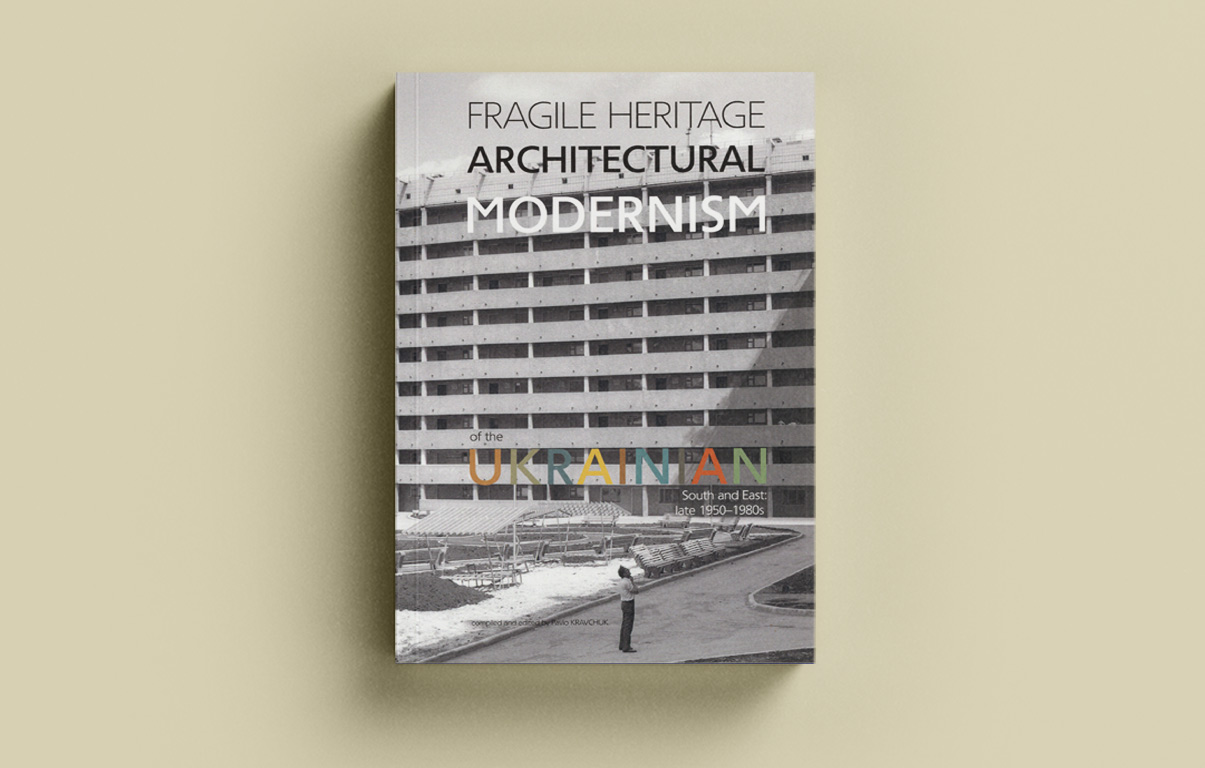
This publication is interesting because in addition to photographs of 145 architectural objects, it contains drawings, project plans, and illustrations of the most interesting, modernist buildings of the 1950s and 1980s in the south and east of Ukraine. The materials collected in public libraries, and private and public archives are valuable documentation of the architectural heritage in its original architectural design, especially in light of the further restoration of these objects, which are now mostly located in territories currently occupied by Russia.
The authors emphasize the importance of raising the subject of this unique style. The style has historical and artistic value, but there is a risk of losing what is available due to the limited worldview of those who destroy the entire Soviet heritage simply because it was created in the Soviet era.
History of Ukrainian embroidery
Tetyana Kara-Vasylieva. Kyiv: Art publisher — 464 pages

Professor Tetyana Kara-Vasylieva, an art historian and researcher of Ukrainian embroidery, is the author of dozens of works on Ukrainian embroidery, and this edition is a reprint of her 2008 monograph, supplemented and revised.
Kara-Vasylieva reconstructs the history of embroidery from an ancient viewpoint — the times of the Scythian tribes who lived on Ukrainian territory before the Slavs. She relies in particular on chronicle evidence or archaeological findings.
RELATED: Ways of memory and struggle: Five new photo books about Ukraine
The ornaments are analyzed and compared with archaeological findings while revealing interesting facts. For example, a motif in Scythian embroidery depicts a world tree with paired images of birds to indicate the Hellenization of the Scythians and close contact with the Bosporus Kingdom.
Entire layers of embroidery are presented in the publication. In everyday life, handkerchiefs have served as symbols of fidelity or a memory of a beloved, and brides embroidered them for their intended husbands. The author discusses embroidery researchers, including a very famous Ukrainian author, Olena Pchilka, mother of Lesia Ukrayinka.
The researcher chronologically reveals the history of embroidery through the centuries, each era with its own characteristics. For example, in the 19th century, it was not only women who were fond of embroidery, men were too. The authors notes that the image of the embroidering governor is not just a creative fantasy of Mykola Hohol. The 1920s and later avant-garde style also had distinctive features in embroidery as shown in creative research by famous artists such as Oleksandra Ester, Kazimir Malevich, and folk artist Hanna Sobachko-Shostak.
The author shows different facets of folk embroidery as an artistic reproduction of the original vision of the world.
The beast of war. Naїve art from Ukraine
Kyiv: Rodovid, 2023 – 152 pages
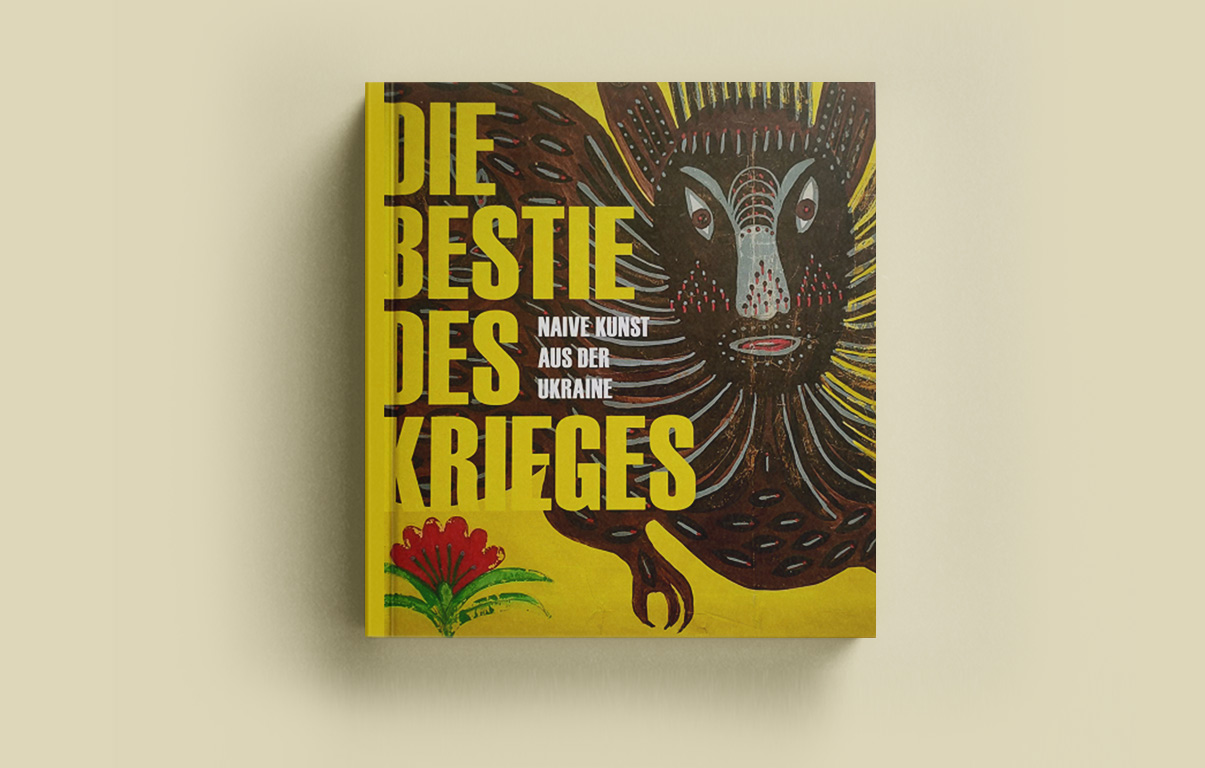
A work of the same name by the renowned Ukrainian artist Maria Prymachenko gave its name to an exhibition project in St. Gallen, Switzerland, at the open art museum. It was the first exhibition of Ukrainian naïve art in Switzerland, featuring the most interesting names of Ukrainian “classical” naïve art of the 20th century: Maria Prymachenko, Hryhorii Ksonz, Panas and Yakylyna Yarmolenko, Oleksandra and Hanna Shabatura, Kateryna Bilokur (her works are in only a few museum collections, and I know of none in private hands), Yakiv Yushchenko, Ivan Lysenko, Tetiana Pata, and others. In total, the exhibition “The Beast of War” collected about 50 works by 23 authors.
Monika Jagfeld, director of the open art museum and co-curator of the exhibition, speaks about folk art as a core for cultural memory and a powerful force that determines the cultural history of a country. This is true; we refer back to Alla Horska, whose artistic language was influenced by, for example, Hanna Sobachko-Shostak and Maria Prymachenko.
This catalog, created by the Rodovid publishing house and the open art museum team, is published in three languages — German, Ukrainian, and English.
Maryna Makushchenko: “Secret life of Maria Prymachenko’s beasts”
Illustrations by Daria Filipova. Lviv: The Old Lion Publishing, 2024 — 34 pages
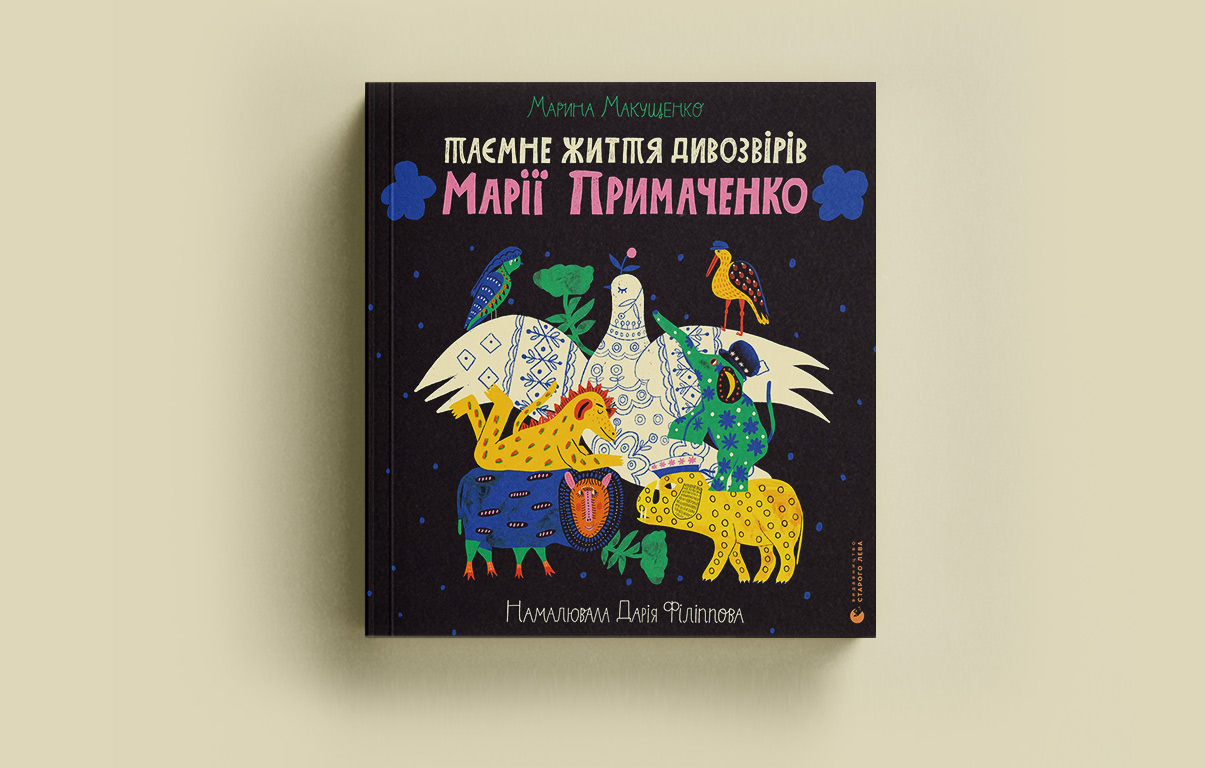
At first glance, this book seems to fall out of the general selection because it is aimed at children. However, it can be interesting for adults as well. Many people were concerned about the fate of Maria Prymachenko’s works after they learned about the fire in the Ivankiv Museum of History and Local Lore near Kyiv where her works were kept. The museum was attacked by Russians during the first days of the full-scale invasion. Now we are telling the younger generation about the outstanding artist so that they do not forget about this loss.
Thus, the book is a modern interpretation of Maria Prymachenko’s art, where fairytale animals live in our present, and their coexistence in the museum space is destroyed by war. But even this dark reality cannot overshadow Prymachenko’s welcoming colors. There is a conflict dynamic in art, which provides an organic basis for an interesting story played out in design and illustrations. Children can easily characterize Maria Prymachenko’s art and its certain features. For example, it is potentially applied and decorative. No wonder the book tells about animals that live on merch.
The publication is a part of the “Chytomo Picks: Classics and New Books from Ukraine” project. The materials have been prepared with the assistance of the Ukrainian Book Institute at the expense of the state budget. The author’s opinion may not coincide with the official position of the Ukrainian Book Institute.
Team of authors: Anastasiia Denysenko, Evheniia Sapozhnikova
Translation: Iryna Saviuk
Copy editing: Aalap Trivedi, Terra Friedman King
This publication is sponsored by the Chytomo’s Patreon community

